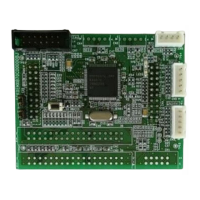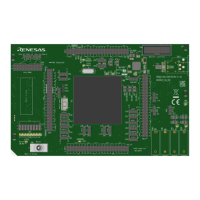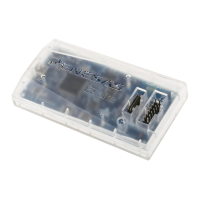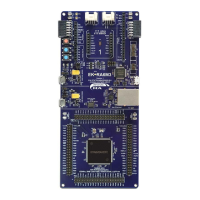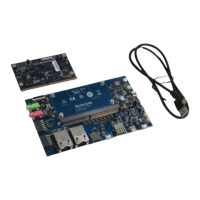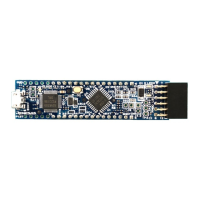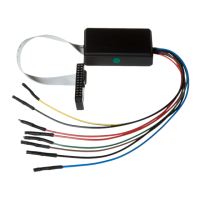Section 5 Power-Down Modes
Rev. 7.00 Mar 10, 2005 page 120 of 652
REJ09B0042-0700
Program
halt state
SLEEP
instruction
*e
SLEEP
instruction
*c
SLEEP
instruction
*h
SLEEP
instruction
*i
SLEEP
instruction
*g
SLEEP
instruction
*f
Program
execution state
SLEEP
instruction
*a
Program
halt state
SLEEP
instruction
*
i
Power-down modes
A transition between different modes cannot be made to occur simply because an interrupt
request is generated. Make sure that interrupts are enabled.
Details on the mode transition conditions are given in the explanations of each mode,
in sections 5.2 to 5.8.
Notes: 1.
2.
Mode Transition Conditions (1)
*a
*b
*c
*d
*e
*f
*g
*h
*i
*j
LSON MSON SSBY DTON
0
0
1
0
*
0
0
0
1
0
0
1
*
*
*
0
1
1
*
0
0
0
0
1
1
0
0
1
1
1
0
0
0
0
0
1
1
1
1
1
*: Don't care
Mode Transition Conditions (2)
*1
Interrupt Sources
Timer A, Timer F, Timer G interrupt, IRQ0 interrupt,
WKP7 to WKP0 interrupts
Timer A, Timer C, Timer F, Timer G, SCI3 interrupt,
IRQ4, IRQ3, IRQ1 and IRQ0 interrupts, IRQAEC,
WKP7 to WKP0 interrupts, AEC
All interrupts
IRQ1 or IRQ0 interrupt, WKP7 to WKP0 interrupts
*2
*3
*4
*3
*3
*2*1
*4
*4
*1
Standby
mode
Watch
mode
Subactive
mode
Active
(medium-speed)
mode
Active
(high-speed)
mode
Sleep
(high-speed)
mode
Sleep
(medium-speed)
mode
Subsleep
mode
SLEEP
instruction
*
a
SLEEP
instruction
*e
SLEEP
instruction
*d
SLEEP
instruction
*b
SLEEP
instruction
*
j
*1
SLEEP
instruction
*
e
SLEEP
instruction
*b
TMA3
*
*
1
0
1
*
*
1
1
1
SLEEP
instruction
*d
Reset state
Figure 5.1 Mode Transition Diagram
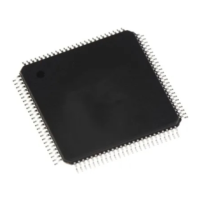
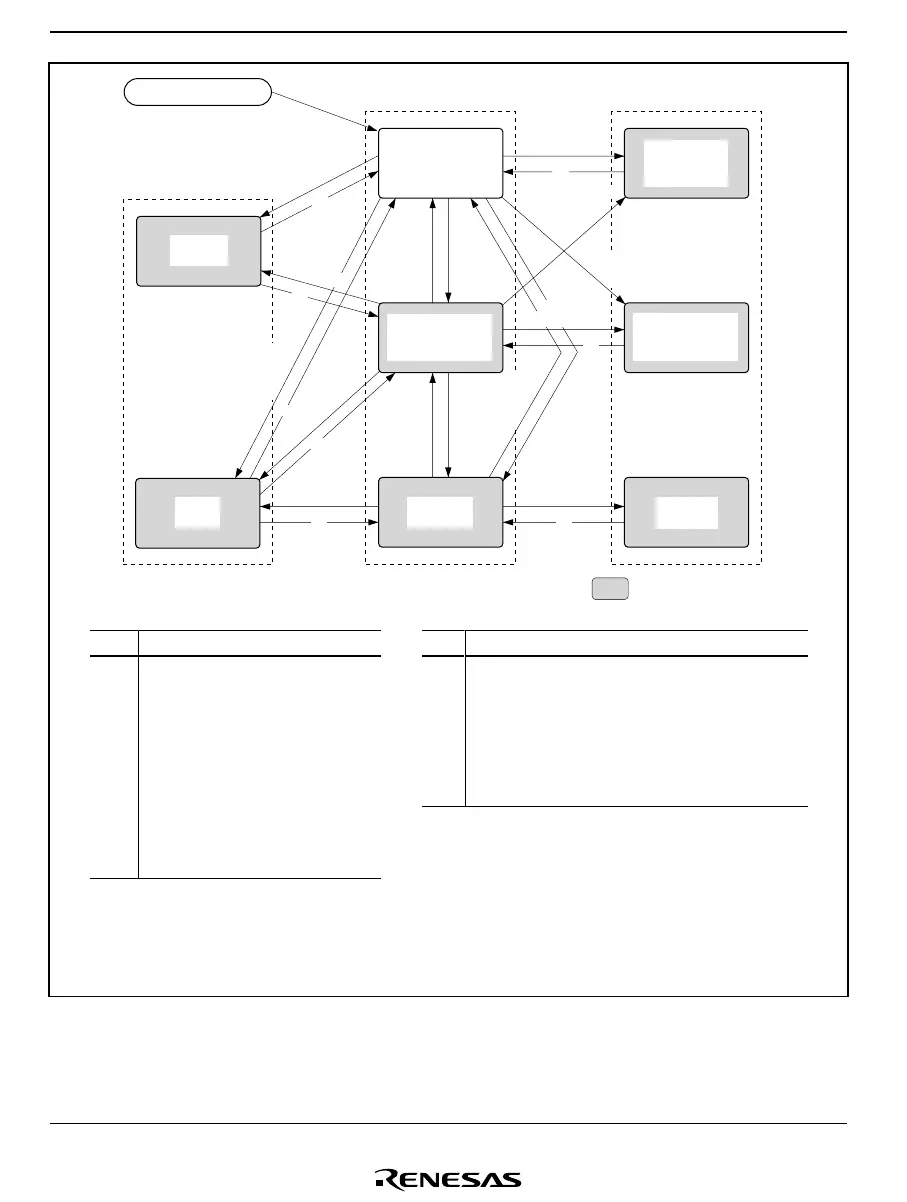